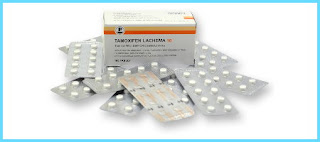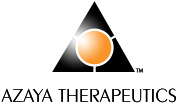
The team of investigators, led by faculty members Li Yu, Ph.D., and Jianjun Cheng, Ph.D., M.S., who is also a member of the Siteman Center of Cancer Nanotechnology Excellence, began its work with the knowledge that small, membrane-bound compartments, called liposomes, are useful as drug-delivery vehicles. When linked to molecules that target receptors on cancer cells, liposomes can enter and dump their cancer-killing contents into those cells.
To target tumor cells, the investigators focused their efforts on a family of small molecules called aptamers. Aptamers are short strands of DNA or RNA; they are highly efficient at binding to biomolecules and are easy to make, label, and manipulate. Dr. Lu's laboratory specializes in isolating aptamers that bind to specific molecules and converting them into effective sensors and diagnostic agents. His team used an aptamer that binds to nucleolin receptors, which are found in abundance on certain breast cancer cells. The researchers then developed an effective method for attaching the aptamer to a liposome loaded with cisplatin, a drug that effectively kills cancer cells but has troublesome side effects when administered intravenously.
Tests in cells grown in the lab yielded promising results. Four days after the investigators exposed the cells to the new drug delivery system, 60% of the breast cancer cells had died, whereas less than 12% of breast cancer cells treated with cisplatin alone had died. "By labeling a liposome that contains cisplatin with a cancer cell-specific aptamer, we have shown delivery of the drugs to cancer cells without significant damage to regular cells," Dr. Lu said, "making it possible to maximize the drug potency while minimizing its side effects."
This approach "integrates the advantages of small molecules and antibodies," said Dr. Cheng, who helped pioneer the use of aptamers as targeting molecules for drug delivery. "This is the first study to integrate the aptamers and the liposome."
Another advantage of using aptamers as targeting agents is that they are easily disabled since they readily bind to complementary DNA (cDNA), which prevents them from interacting with cell receptors. In an additional set of experiments, the investigators showed that adding cDNA to cultured cells treated with the aptamer-targeted liposomes did in fact block all cell-killing activity of liposomal cisplatin.
"You can change aptamers to target a different type of cancer, you can change the therapeutic molecules to fight cancer or other diseases, and you can reverse the dose," Dr. Cheng said. "That's a lot of tools in the toolbox. It has great potential."
Source : www.nanotech-now.com

































